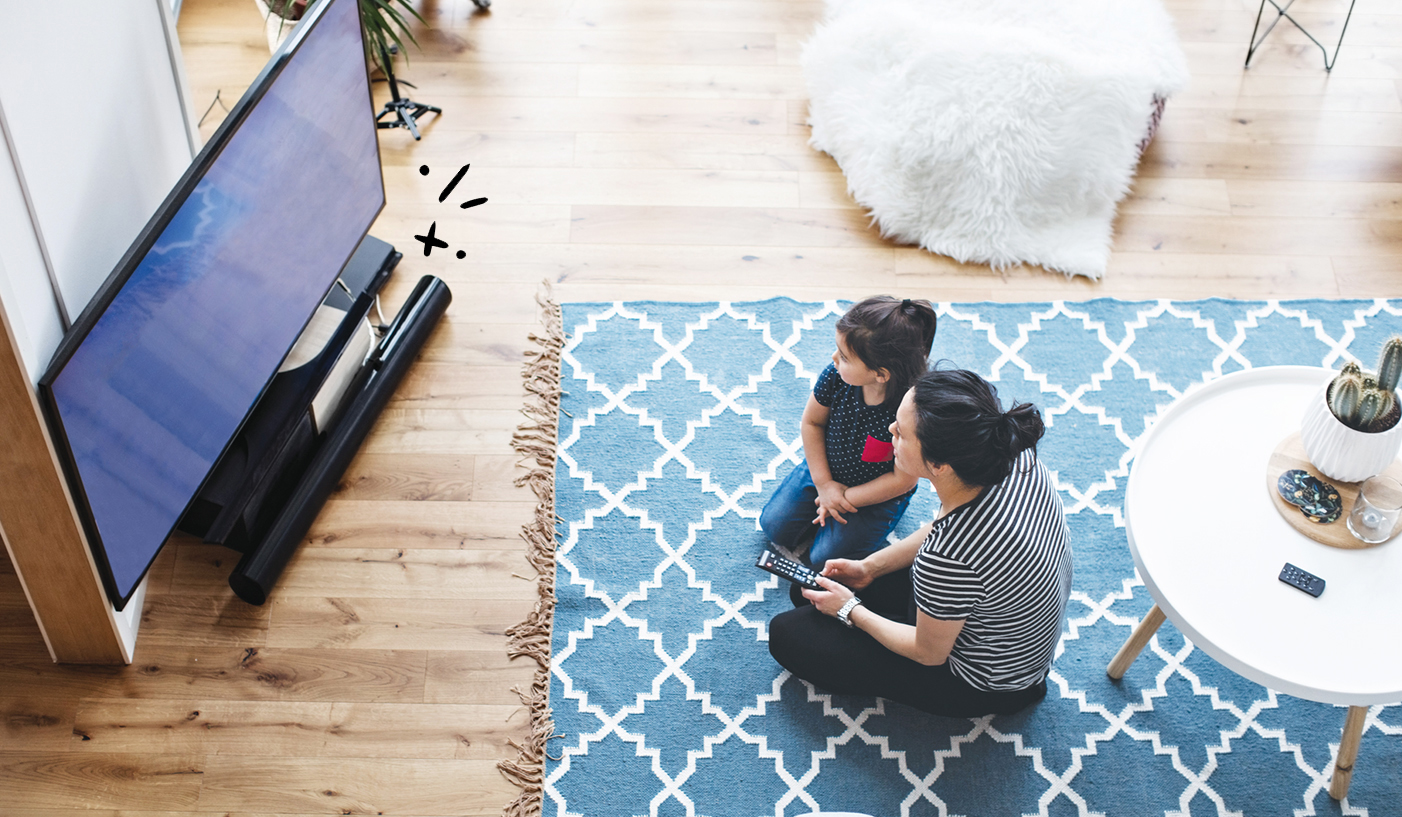Whether you’re setting up a home office or just want more screen space for schoolwork or streaming, connecting your Chromebook™ to an external monitor can make a big difference.
At Asurion, our experts help people get more out of their devices every day. Here’s how to easily connect your Chromebook to a second screen.
Ways to hook up Chromebook to a monitor
There are two ways to add a monitor to a Chromebook: via a wired or wireless connection.
Using HDMI or USB-C cables
Chromebooks come with built-in ports that are useful for connecting an external monitor. Most include an HDMI or USB-C port to support a wired connection. Compare the ports on your Chromebook with the ones available on the external monitor and connect the appropriate cable. Potential cable connection options include:
- USB-C cable
- USB-C to HDMI cable
- HDMI cable
- USB-C cable paired with a USB-C to HDMI adapter and HDMI cable
Once you have your desired cable, follow these steps:
- Insert one end of the cable into the Chromebook's USB-C or HDMI port.
- Insert the other end of the cable into the external monitor's HDMI or USB-C port.
- If using an adapter, connect the USB-C end to the Chromebook. Insert one end of the HDMI cable into the adapter and the other end into the external monitor's HDMI port.
After securing both cables, the Chromebook's screen appears on the external monitor. By default, the external monitor displays an extended Chromebook screen. You can adjust the settings to mirror your screen using these steps.
- Click the Chromebook's Status tray.
- Click Settings > Device > Displays.
- Click the box next to Mirror Built-in display.

Our experts have seen it all
Sign up for Asurion Home+ and get 24/7 tech support and device protection—all in one plan.
Connecting wirelessly
A TV can act as an external monitor. This option works with a Chromecast™ device dongle or a Chromecast-enabled TV.
- Confirm the Chromecast device and your Chromebook are on the same Wi-Fi network.
- If you're using a Chromecast dongle, securely attach it to the TV. Turn the TV on.
- Press the Input or Source button on the TV's remote. Select Chromecast from the available options.
- Open Chrome on the Chromebook. Click More > Cast > Cast to.
- Click Cast desktop to share your Chromebook's entire desktop.
- Select your Chromecast from the available options.
Troubleshooting common connection issues
An incorrect setting or incompatible cable may impact a Chromebook's external display performance.
Display settings adjustments
You can adjust the external display's refresh rate, sharpness, size, and orientation through the Chromebook's settings.
- Click the System Tray > Settings > Device.
- Click Displays > Built-in Display.
- Review the listed options to adjust the screen to your preferences.
- Display and text size: Adjust the size of items displayed on the screen.
- Orientation: Rotates the screen's display.
- Resolution: Increase or decrease screen sharpness.
- Refresh rate: Increase or decrease the screen's content refresh time.
HDMI or USB-C port issues
You may receive a "Cable may not support displays" or "Cable may impact performance" error if the USB-C cable isn't fast enough to support a connection. Replace the USB-C cable with one that has a minimum SuperSpeed USB 5 Gbps performance rating. If you must buy a new USB-C cable, review its packaging carefully to confirm it meets the performance requirements.

